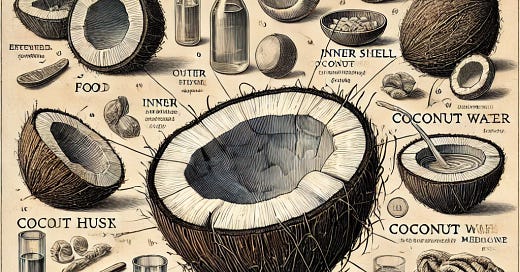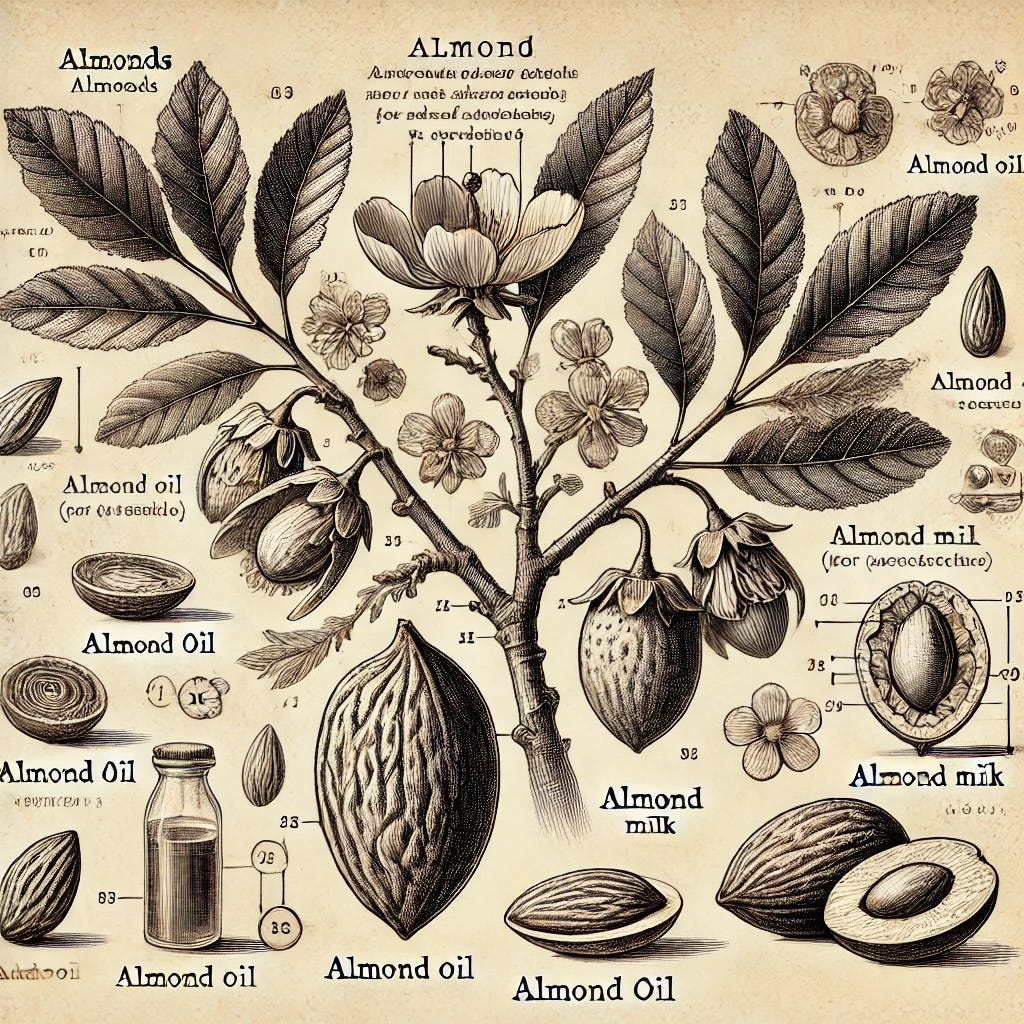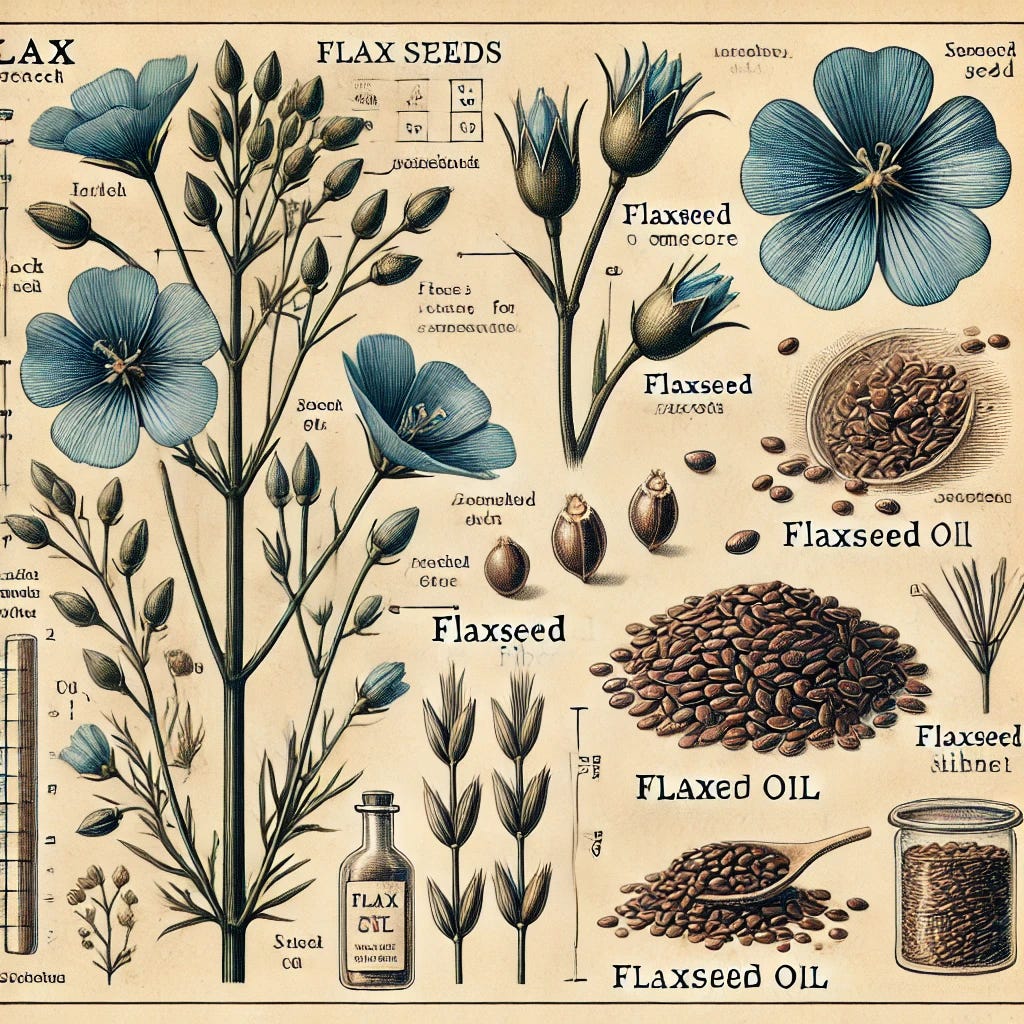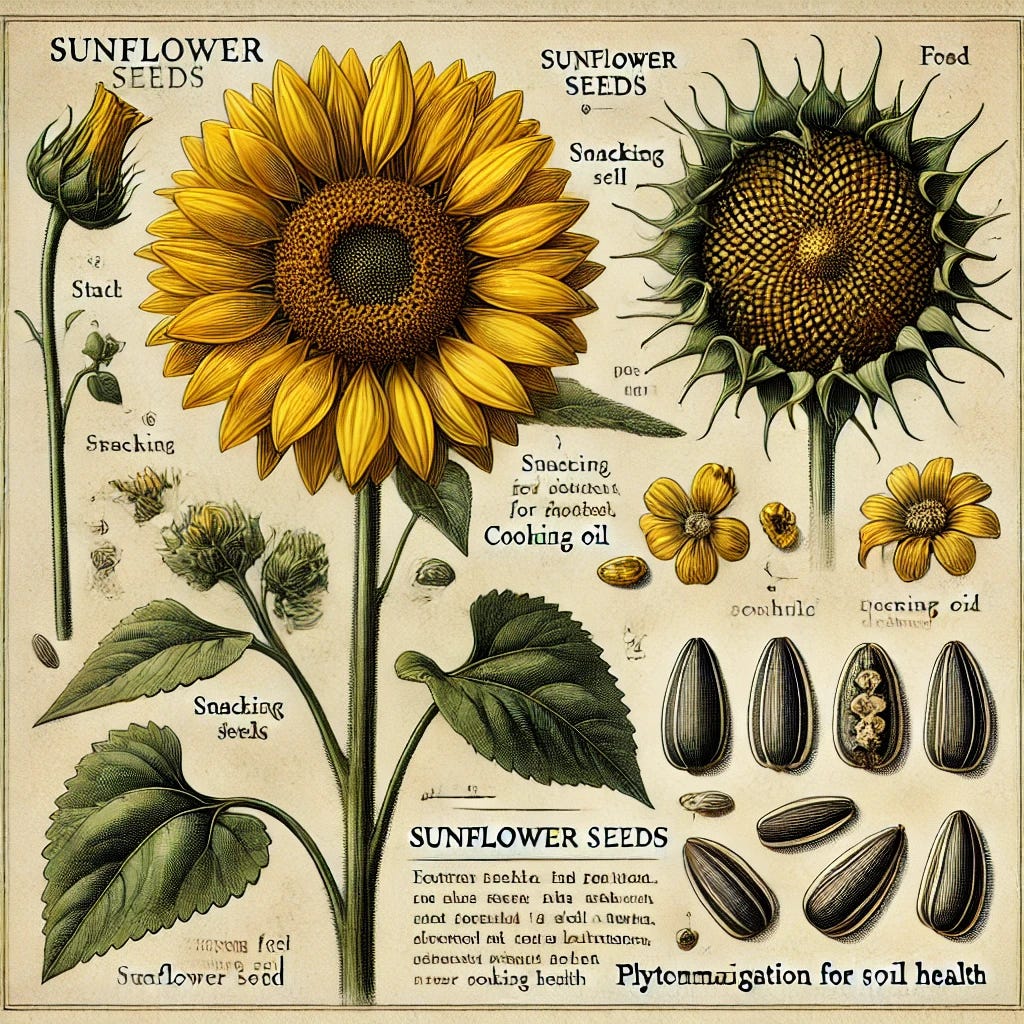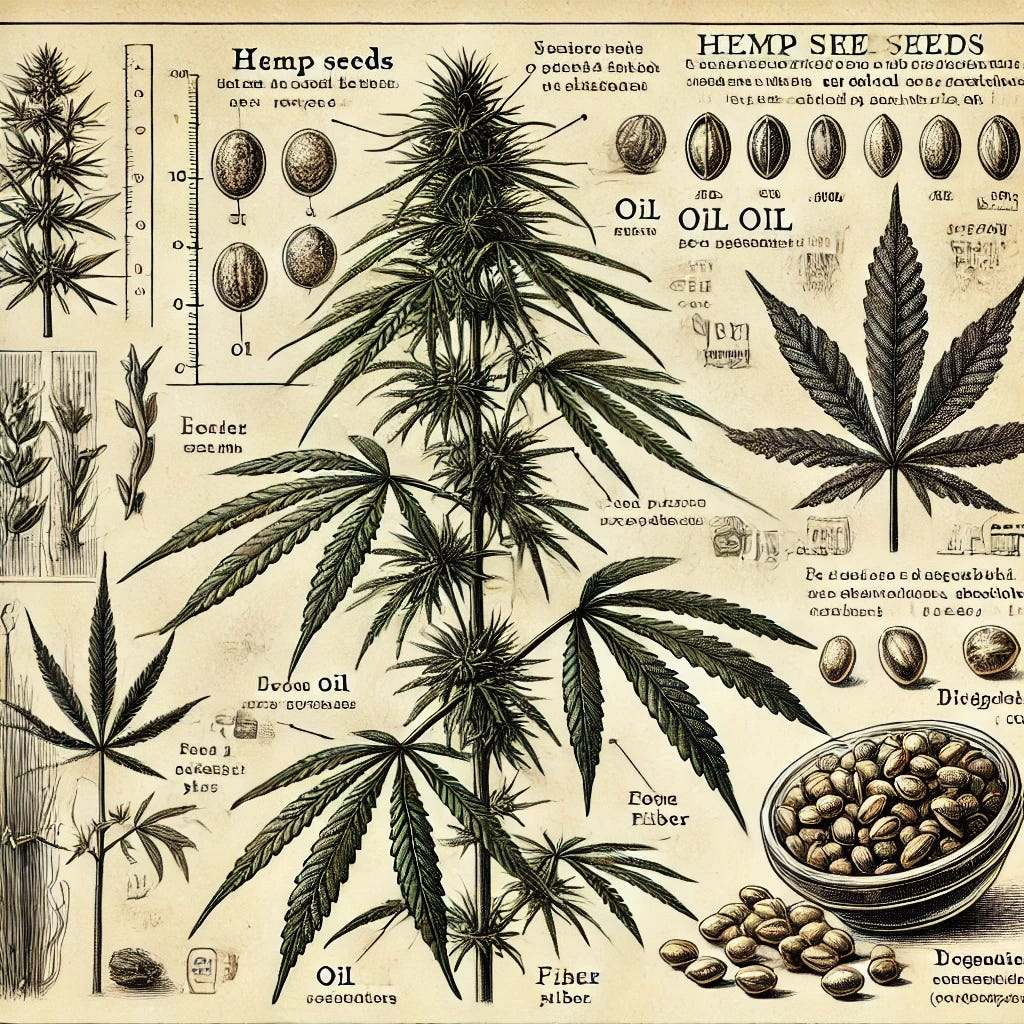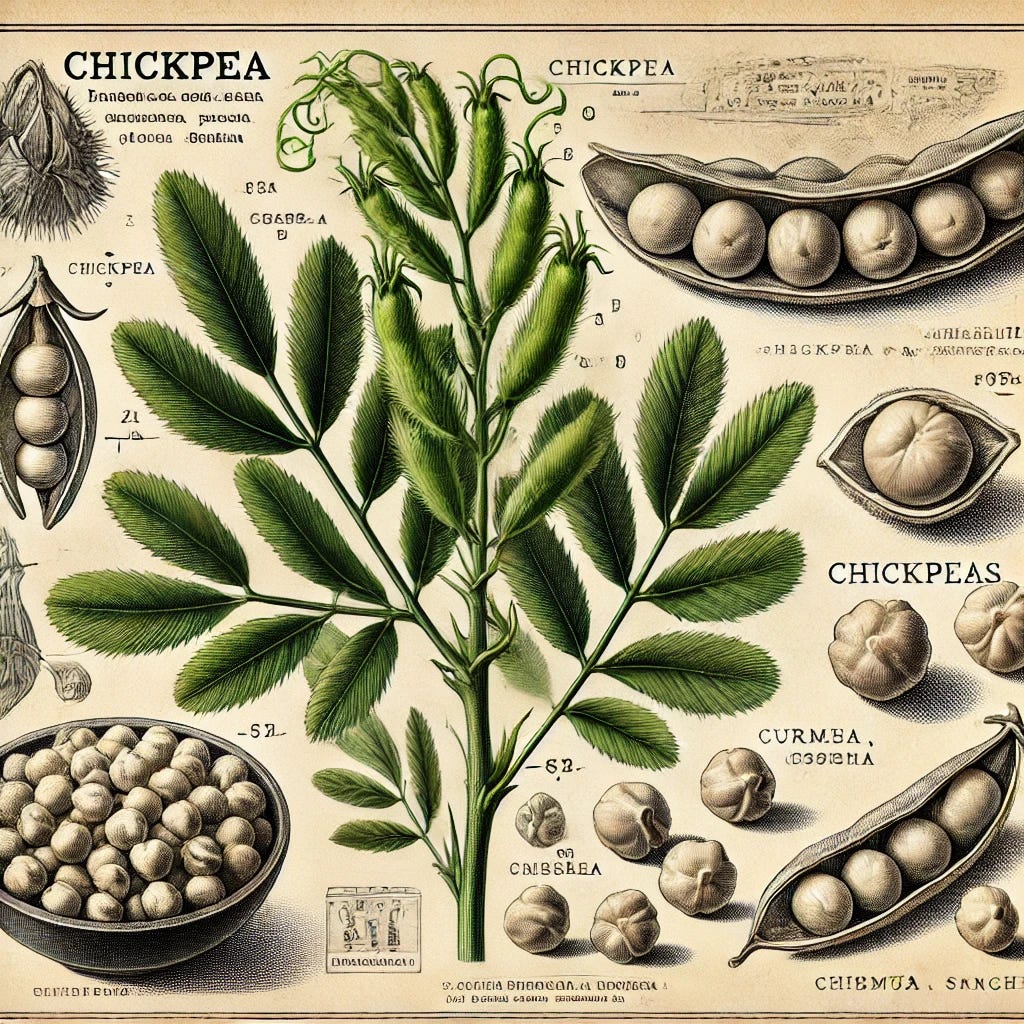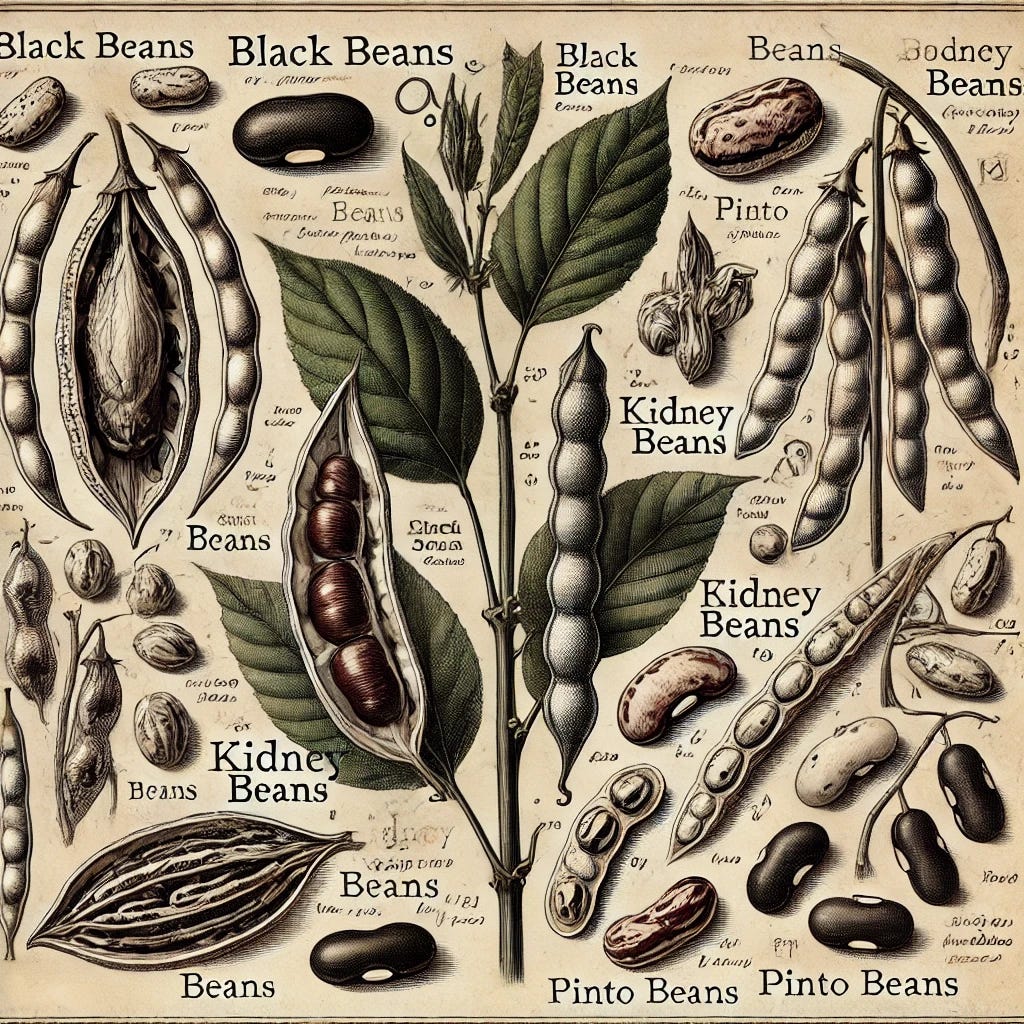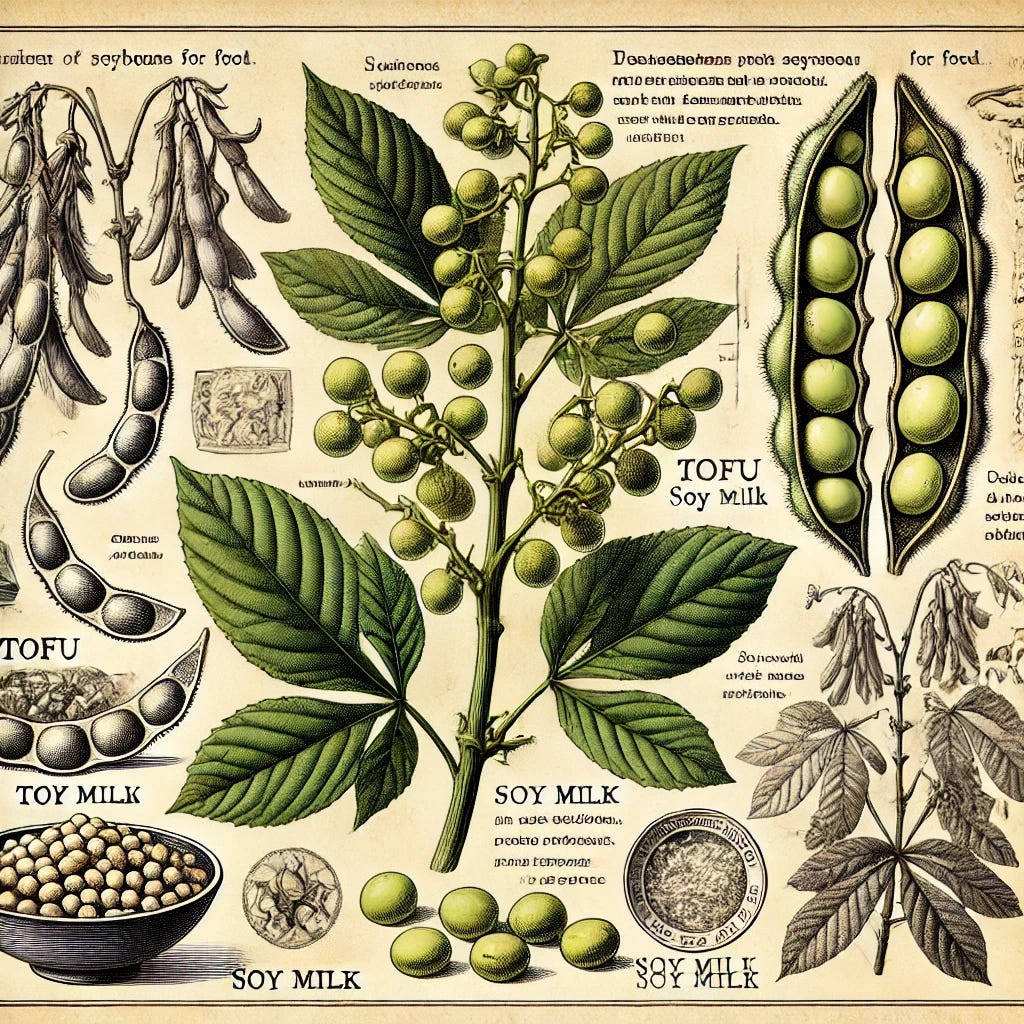How many of us would consider Coconuts to be a seed? This might be interesting, so please read on. There is far more to seeds than the incredibly important function of growing plants.
"More Than Food: The Multifunctional Seeds that Shape Our Lives"
Seeds aren’t just sources of nutrition—they’re vital resources for countless other uses in daily life. Let’s explore a few of the most versatile seeds, beginning with one of the most well-known: the coconut.
1. Coconut: A Seed of Endless Possibilities
Coconuts are seeds, fruits, and nuts all in one. The seed inside the coconut can grow into a towering palm tree, but before that, it serves many purposes:
- Food: The white flesh, or "meat," of the coconut is a rich source of healthy fats. Coconut water, found inside young coconuts, is a hydrating and nutrient-rich drink.
- Oil: Coconut oil is widely used in cooking, cosmetics, and even as fuel in some parts of the world.
- Materials: The husk and shell of the coconut are used to make ropes, mats, for garden enhancements and even building materials in traditional cultures.
- Medicine: In many tropical regions, coconut is used in traditional medicine for its anti-inflammatory and antimicrobial properties.
2. Almonds: Nutrition and Beauty
Almonds are the seeds of the almond tree and have been cherished for thousands of years. Their versatility extends beyond being a tasty snack:
- Food: Almonds are rich in protein, healthy fats, and vitamin E, making them a nutrient powerhouse.
- Oil: Almond oil is used for cooking and as a base in skincare products due to its moisturizing properties.
- Milk: Almonds are the primary ingredient in almond milk, a popular plant-based milk alternative.
3. Flax Seeds: Fiber for the Body and the Planet
Flax seeds have been used for both food and textiles for thousands of years:
- Food: Rich in omega-3 fatty acids and fiber, flax seeds are a popular addition to smoothies, bread, and salads.
- Textiles: Flax fibers are spun into linen, one of the oldest known textiles.
- Health: Flaxseed oil is prized for its heart-healthy benefits and is used in both human diets and animal feed.
4. Sunflower Seeds: Beyond Snacks
While many of us enjoy sunflower seeds as a snack, they have much broader uses:
- Food: Sunflower seeds are packed with vitamins and minerals, and sunflower oil is a popular cooking oil.
- Bird Feed: Sunflower seeds are a staple in bird feeders around the world, supporting local wildlife.
- Environmental Uses: Sunflowers are known for their ability to absorb toxins from the soil, including heavy metals like lead, making them valuable in environmental clean-up efforts (phytoremediation).
5. Hemp Seeds: A Sustainability Powerhouse
Hemp seeds are highly nutritious and come from the same plant species as cannabis, but without the psychoactive compounds:
- Food: Hemp seeds are high in protein, fiber, and omega-3 and omega-6 fatty acids, making them a popular superfood.
- Materials: Hemp fibers are used in textiles, paper, and even biodegradable plastics.
- Building Materials: Hempcrete, a mixture of hemp fibers and lime, is used as an eco-friendly construction material.
---
No discussion on edible seeds can leave out Legumes, so here we go.
"Legumes: The Protein-Packed Edible Seeds"
Legumes are one of the most significant groups of edible seeds, playing an essential role in global diets and agriculture. From the humble pea to the mighty soybean, legumes provide not only a rich source of protein but also contribute to soil health through nitrogen fixation. Let’s explore the diverse world of legumes and their many uses.
6. Peas: A Garden Staple
- Food: Peas are among the easiest legumes to grow, offering sweet and tender seeds that are enjoyed fresh, dried, or canned. Whether eaten raw in salads, cooked in soups, or mashed into spreads, peas are a versatile addition to any meal. In the UK dried peas are very popular in the culinary delight, “mushy-peas” often consumed with savory pies.
- Nutritional Value: High in protein, fiber, and essential vitamins, peas are a nutritious staple in both fresh and dried forms.
- Seed Saving Tip: Peas are self-pollinating and relatively easy to save, making them an excellent seed-saving candidate for gardeners.
7. Lentils: Ancient Edible Seeds
- Food: Lentils are tiny powerhouses packed with nutrition. They come in various colors and varieties, such as red, green, and brown, and are widely used in soups, stews, and salads. They are a staple in many cuisines, especially in Middle Eastern, Indian, and Mediterranean diets.
- Nutritional Value: Lentils are rich in protein, fiber, iron, and B vitamins, making them an excellent plant-based protein source.
- Cultural Significance: Lentils have been cultivated for thousands of years and are among the oldest known legumes, with a history stretching back to ancient Egypt and Mesopotamia.
8. Chickpeas (Garbanzo Beans): A Culinary Chameleon
- Food: Chickpeas are perhaps best known as the key ingredient in hummus, but they are also enjoyed whole in salads, curries, and snacks. Roasted chickpeas are a popular crunchy snack, and chickpea flour (besan) is used in a variety of baking and cooking applications.
- Nutritional Value: Packed with protein, fiber, and essential minerals like magnesium and potassium, chickpeas are a fantastic plant-based protein source.
- Versatility: From the popular hummus dip to Indian chana masala, chickpeas are incredibly versatile in the kitchen.
9. Beans: The Varied Legume Family
- Food: Beans come in numerous varieties, from black beans to kidney beans to pinto beans. They form the base of many dishes worldwide, especially in Latin American, African, and Asian cuisines. Beans are a rich source of protein, especially important in vegetarian and vegan diets.
- Nutritional Value: Beans are a high-protein legume, rich in fiber, folate, and antioxidants. Their ability to regulate blood sugar makes them a valuable food for those with diabetes or looking to improve heart health.
- Seed Saving Tip: Beans are one of the easiest seeds to save. Simply allow the pods to dry on the plant, and the seeds will store well for years.
This is the best resource we have found on beans, the variety on this website is amazing.
10. Soybeans: A Nutritional Powerhouse
- Food: Soybeans are incredibly versatile, serving as the basis for tofu, soy milk, tempeh, and soy sauce. Edamame, or immature soybeans, are a popular snack and side dish in Japanese cuisine.
- Nutritional Value: Soybeans are one of the few plant-based sources that contain all nine essential amino acids, making them a complete protein. They are also rich in healthy fats, fiber, and a variety of vitamins and minerals.
- Industrial Uses: Beyond food, soybeans are used in industrial products like biodiesel, lubricants, and even plastics, highlighting their multifunctionality.
Conclusion 1: Legumes as Nature’s Gifts
Legumes are not only packed with protein, fiber, and essential nutrients, but they also contribute to sustainable agriculture by enriching the soil. Their versatility in global cuisine and easy cultivation make them a vital part of both our diet and the environment. Whether you're growing them in your garden or simply enjoying a bowl of lentil soup, legumes are nature's way of nourishing both people and the planet.
---
Conclusion 2: The Seed’s Role Beyond the Plate
From coconuts to hemp, seeds are more than just food. They play integral roles in many industries, from beauty to construction, making them some of nature’s most valuable and versatile gifts. As we explore seeds in our diets, let’s also remember their broader role in our lives, shaping how we eat, live, and even build.
This is a more comprehensive list of edible seeds.
Here is an important note-point and disclosure, some of the images in our posts were created from detailed prompts to GPT4o (AI). We see this as a creative endeavour which is part of our SeedWhisperer initiative where we marry #seeds with #art as a beneficial pairing to emphasize both, featuring both hand-painted and digital art forms.

